Classifying green-skin pomelos for export at Huong Mien Tay enterprise ( Ben Tre ).
Many types of fruit prices have dropped sharply
In the provinces of Tien Giang, Soc Trang, Ben Tre, Can Tho City... it is the durian harvest season but the atmosphere is quite quiet due to the impact of difficult exports. As a farmer with many years of experience growing durian in Ngu Hiep commune (Cai Lay district, Tien Giang province), Mr. Nguyen Van Minh said that at this time in 2024, every day there are traders "hunting" to buy durian to export to China. They buy good Ri6 durian from 110,000-132,000 VND/kg, gardeners make a profit of about 1.5 billion VND/ha or more. Meanwhile, the price of Ri6 durian has dropped to 34,000-45,000 VND/kg (depending on the type), causing farmers' profits to decrease sharply compared to the same period. Ms. Nguyen Thi Thinh, Director of Tan Phu Agricultural Cooperative (Chau Thanh District, Ben Tre Province), said: "The price of durian has been continuously decreasing for the past month, making the members of the cooperative extremely worried. If last year 100% of durian growers made a lot of profit, this year is much more difficult because of the export situation." According to Ms. Thinh, more than 200 hectares of durian of the cooperative are being harvested, but the results are not high because the current price is very low compared to the same period.
In Can Tho City, many durian growers are also unhappy because of low prices. Mr. Tran Van Thanh, a member of Truong Khuong A Fruit Garden Cooperative, Truong Long Commune (Phong Dien District) worriedly said: "A few years ago, durian prices were always high, so when the harvest season came, they made a big profit, so many places rushed to expand their acreage. Now, durian prices have dropped sharply, although farmers have not suffered losses, profits have decreased accordingly; what is even more worrying is that the export market is increasingly strict in food safety inspection, quality standards... if we do not respond promptly, the consequences will be difficult to avoid."
Not only durian but also green-skin pomelo growers for export in the Mekong Delta provinces are worried about low prices. Ms. Ho Thi Be, residing in Ke Thanh commune, Ke Sach district, Soc Trang province, said: "In previous years, traders bought green-skin pomelos for export at the garden at a price of 40,000-70,000 VND/kg, however, after the Lunar New Year 2025, the price of pomelos dropped to 10,000-15,000 VND/kg, forcing farmers to suffer losses. Recently, traders bought pomelos for about 20,000-25,000 VND/kg, but farmers have not made much profit due to high investment costs". The reason for the decrease in green-skin pomelo prices is due to the recent difficult export situation, in which the Chinese market and other markets are slower than in previous years; export prices also decreased by about 15-20%...
Boldly change and adapt to new situations
The Ministry of Agriculture and Environment stated that the decrease in prices of some agricultural products was due to the impact of export difficulties; specifically, in the first quarter of 2025, the export turnover of fruits and vegetables only reached 1.1 billion USD, down 11.3% over the same period last year; this is in contrast to the bustling export of the same period in 2024.
It should be noted that, in the past, China has always been the main import market for Vietnamese fruits and vegetables; then came markets such as the US, Korea, Japan, Thailand, Australia, Malaysia, the Netherlands, the UK... However, from the beginning of 2025, China has increased inspection of imported durian (from Thailand, Vietnam...) to meet the standards for cadmium residue and yellow 0, at laboratories recognized by Chinese authorities. The increase in inspection of 100% of durian batches as above has slowed down the export, costing a lot of money and time at the border gate; at the same time, durian batches that do not meet the standards have to be returned...
Mr. Vo Tan Loi, Chairman of the Durian Association of Tien Giang province, revealed that the export situation is extremely difficult because businesses are worried about cadmium and yellow 0 contamination. It should be understood that when a business buys a container of about 20 tons of durian, it must buy from dozens of different garden owners and cooperatives. Each garden owner will have different care processes, fertilizers, etc. and different soil conditions, so the quality will be different. Because businesses have no way to test samples of all dozens of tons of durian, but only "representative" ones, when exporting to the Chinese market, they will re-test and easily detect fruits contaminated with cadmium. It is the delay in durian exports that has caused the general situation of exported fruits and vegetables to decrease, because durian accounts for nearly 50% of the turnover. "Cadmium contamination in soil is mostly from fertilizers; therefore, the relevant authorities need to provide safe farming models for farmers, cooperatives to apply and businesses to cooperate to ensure durian export output meets standards...", Mr. Loi proposed.
The leader of the Vietnam Fruit and Vegetable Association (Vinafruit) noted that not only China, but many markets such as the US, EU, Japan, Canada, etc. are tightening the quality of imported agricultural products. This forces us to quickly change to adapt, if we want the fruit and vegetable industry to reach the target of 8 billion USD in 2025 and go further in the following years. Accordingly, the quality of fruits and vegetables must be put first and continuous investment is needed to improve in order to meet the requirements of the import market.
According to fruit exporting enterprises in the Mekong Delta: "We are no longer "alone in the market" when exporting some advantageous products such as green-skinned grapefruit, purple sweet potatoes... to China, as well as other markets, because we are facing fierce competition from many agricultural exporting countries in the world. Therefore, to maintain market share and increase new markets, high quality and low price are the key factors to compete and survive". In Ben Tre, the fruit business Huong Mien Tay cooperates with the Department of Agriculture and Environment of the provinces, cooperatives... to expand the production linkage of green-skinned grapefruit for export. The enterprise will work with specialized sectors to support farmers and cooperatives with production techniques according to clean and organic standards; at the same time, build growing area codes according to the needs of each import market. We must control the land, water sources, input materials, and apply modern farming processes, etc. so that our fruit and vegetable products can pass the strict inspection of demanding markets.
According to Vinafruit, in 2020, the country's fruit and vegetable export turnover reached 3.25 billion USD, by 2022 it will reach 3.34 billion USD; in 2023, the fruit and vegetable industry was successful in exporting 5.6 billion USD; in 2024, fruit and vegetable exports reached a record 7.12 billion USD, of which durian brought in 3.4 billion USD. However, many opinions are concerned that fruit and vegetable exports reveal two weaknesses: dependence on the Chinese market and the staple product durian. Specifically, in just the first 3 months of 2025, when China increased inspections of cadmium and 0-yellow substance, causing difficulties for durian, immediately the fruit and vegetable export turnover continuously decreased... Faced with the situation where the price of oranges in the Mekong Delta provinces often drops and is difficult to sell, the Vietnam Food Bank Network (Food Bank Vietnam) has recently coordinated with the Vinh Long Red Cross Society to launch a project to build a sustainable ecosystem for oranges. This is a project within the "Green Oranges of Love" program, aiming to remove the congestion of oranges; opening up more sustainable development opportunities for farmers. Specifically, the project both supports the consumption of oranges when prices drop, and at the same time helps farmers master the value chain from production to consumption with the message "From farm to food bank". Developing the value chain from cultivation, processing to consumption of oranges more fundamentally; focusing on processing juice, jam, essential oil, snacks... or organic fertilizer from orange by-products to increase value and open up the consumption of processed products. |
Article and photos: PHUOC BINH
Source: https://baocantho.com.vn/rau-qua-xuat-khau-gap-kho-nha-nong-lo-au-a186019.html


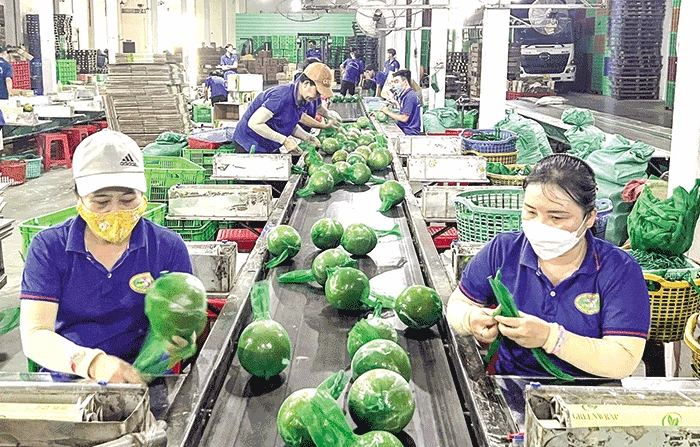






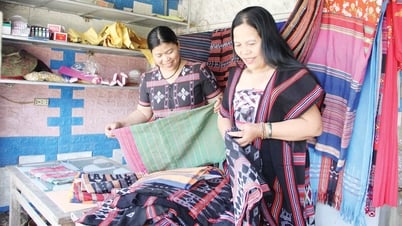

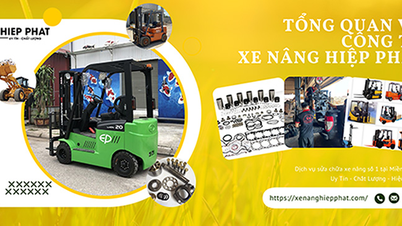






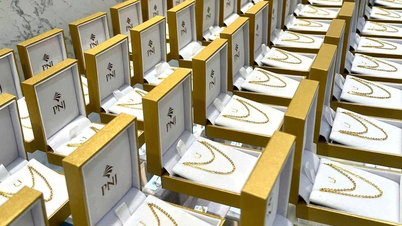







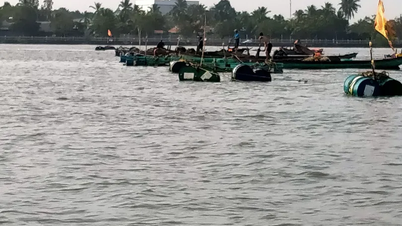
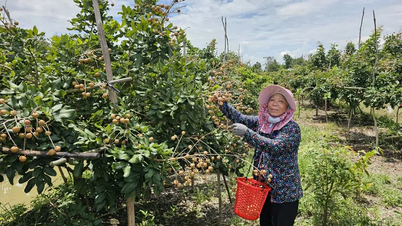
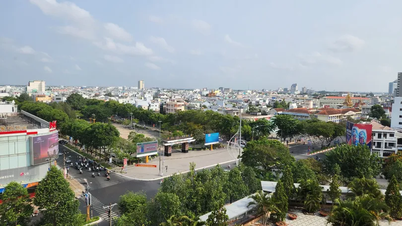
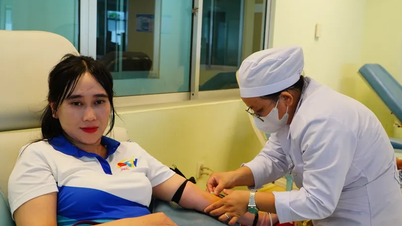







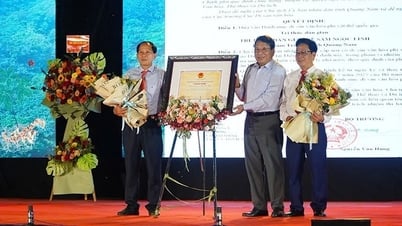

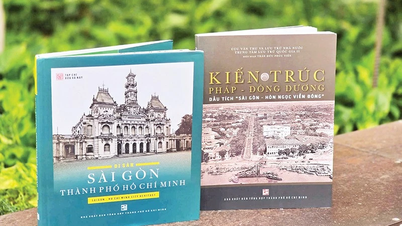









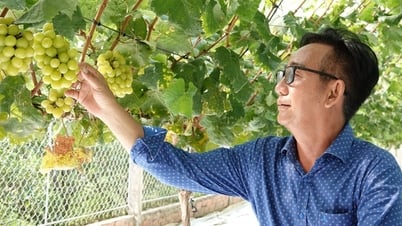

























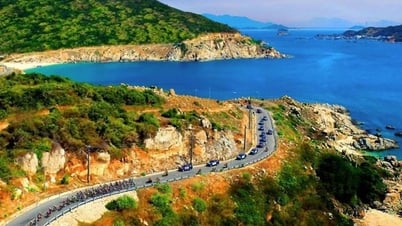





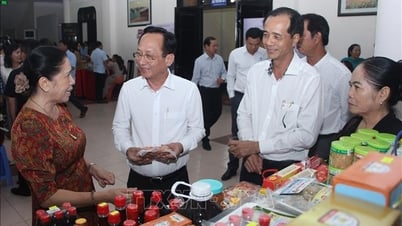








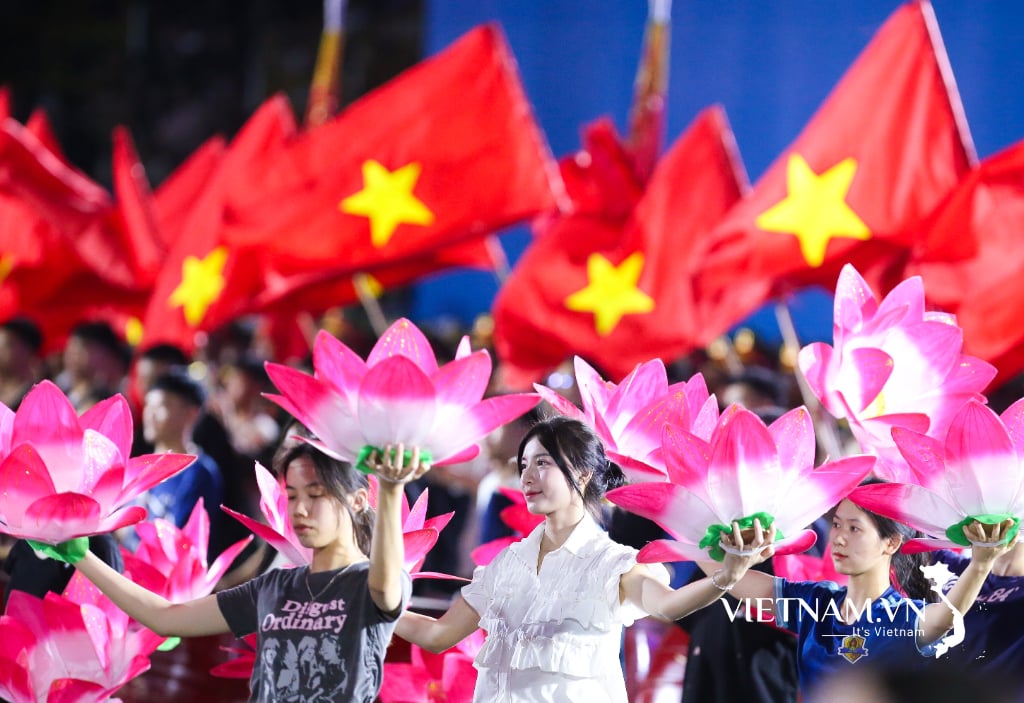

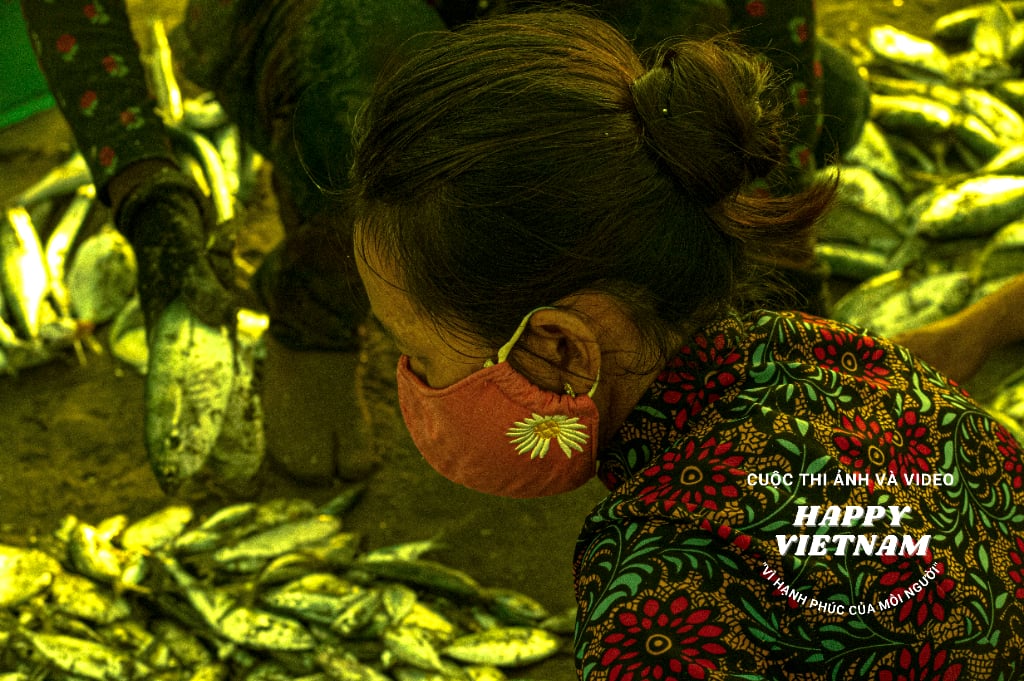
Comment (0)